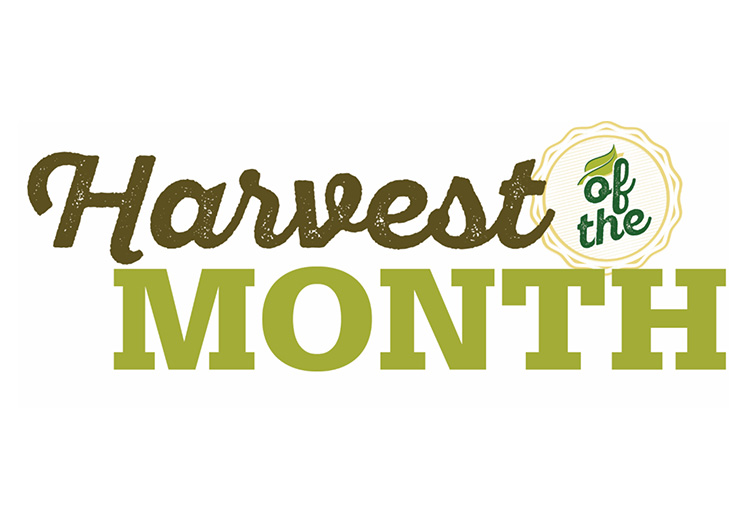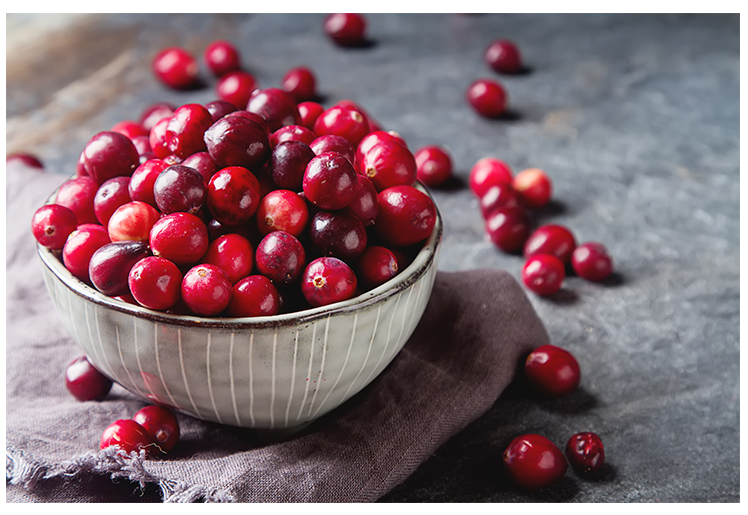Fitness & Nutrition, Featured

Ways to Eat Cranberries
- When making muffins, breads or pancakes, you can toss in fresh dried or frozen cranberries
- Make a fresh cranberry relish or chutney to pair with lean meats
- Add dried cranberries to oatmeal or yogurt
- Make a healthy trail mix with dried cranberries, raisins and nuts
- Cranberries make a great addition to salads
Selecting and Storing Cranberries
- Choose cranberries that are shiny, firm and red
- Throw away any that are shriveled
- Fresh cranberries can be stored for one month in the refrigerator or one year in the freezer
Cranberries and Nutrition
- Cranberries contain antioxidants, fiber, phosphorus, Vitamins A, C and K
- Due to Vitamin K content, those taking blood thiners will need to balance the amount of cranberries they eat with their other vitamin K sources
- One cup of Cranberries contains 51 calories
- Proanthocyanidins is an antioxidant present in cranberries that can slow tumor progression in prostate, liver, breast, ovarian and colon cancers. It also prevents bacteria from binding to the bladder and mouth, which is why it is good for bladder infections. Most juices do not provide this benefit due to the processing that occurs to make juice.
Did you know?
- One third of the world's cranberries are grown in Wisconsin
- Another name for cranberry is "bounce berry" because when they are rip, they will bounce when thrown
- Only 5% of cranberries are purchased fresh, while 95% of cranberries are made into other cranberry products and sold
- Cranberries are a "superfruit" because of their high amounts of nutrients
- Watch labels closely, dried cranberries can contain alot of added sugar














